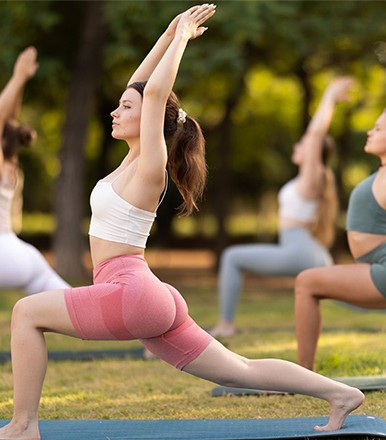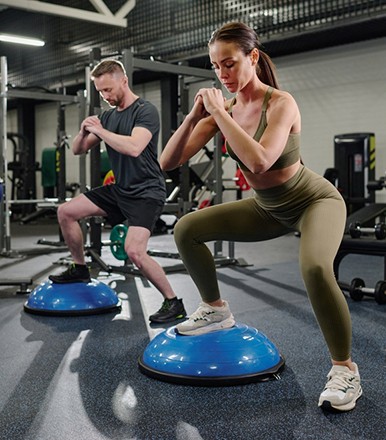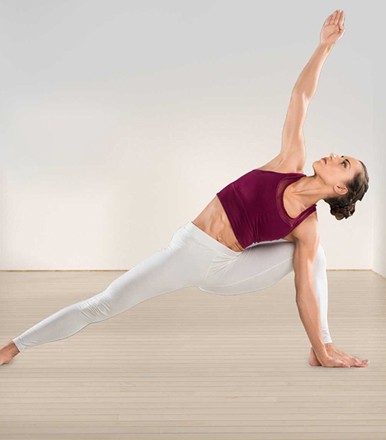High-Intensity Workout (HIIT) is a popular fitness regimen that focuses on short bursts of intense exercise followed by periods of rest or low-intensity activity. This approach is designed to elevate your heart rate quickly, pushing your body to its limits in a shorter time. HIIT workouts typically last between 15 to 30 minutes but deliver benefits equivalent to much longer moderate-intensity exercises.
Comparing HIIT to Other Training Methods
- Steady-State Cardio: Traditional cardio, like jogging or cycling at a steady pace, is often seen as the opposite of HIIT. While steady-state cardio burns calories and improves cardiovascular health, it requires a longer duration to achieve similar results to a HIIT session. HIIT, on the other hand, boosts metabolism for hours after the workout, leading to increased calorie burn even when you're resting.
- Strength Training: Strength training focuses on building muscle mass and strength by using weights or resistance. Unlike HIIT, which primarily targets cardiovascular endurance and calorie burning, strength training emphasizes muscle growth and toning. However, incorporating HIIT into your strength routine can help improve overall fitness by adding a cardiovascular element and promoting fat loss while preserving muscle mass.
- Circuit Training: Circuit training involves a series of exercises performed in sequence, targeting different muscle groups. While similar to HIIT in terms of structure, circuit training usually involves lower intensity and focuses on muscle endurance rather than pure cardiovascular exertion. HIIT is more intense, with shorter intervals and higher energy output, leading to quicker fitness gains.
- Yoga and Pilates: These low-impact workouts focus on flexibility, balance, and core strength. They offer a stark contrast to the intensity of HIIT, providing benefits in relaxation, mental well-being, and muscle toning. While they don’t match the calorie-burning potential of HIIT, they are essential for a well-rounded fitness routine, offering benefits that HIIT does not.
Ready to elevate your fitness game?
Try incorporating high-intensity workouts into your routine for quick and effective results. Visit Hello Fitness Magazine for more tips and tailored workout plans.
Hello Fitness Magazine is your ultimate destination for the latest fitness trends, expert advice, and motivational content. Whether you're a beginner or a seasoned athlete, we provide you with the knowledge and inspiration to achieve your health goals. Stay updated with us and transform your fitness journey today!
5 FAQs
-
What is the primary benefit of HIIT?
HIIT is excellent for burning calories in a short time and improving cardiovascular health.
-
Can beginners do HIIT?
Yes, beginners can start with modified exercises and shorter intervals, gradually increasing intensity.
-
How often should I do HIIT?
It's recommended to do HIIT 2-3 times a week to allow adequate recovery time.
-
Is HIIT better than traditional cardio?
HIIT is more time-efficient and burns more calories post-workout, but both have their benefits.
-
Can HIIT replace strength training?
No, HIIT complements strength training but doesn’t replace the need for muscle-building exercises.














